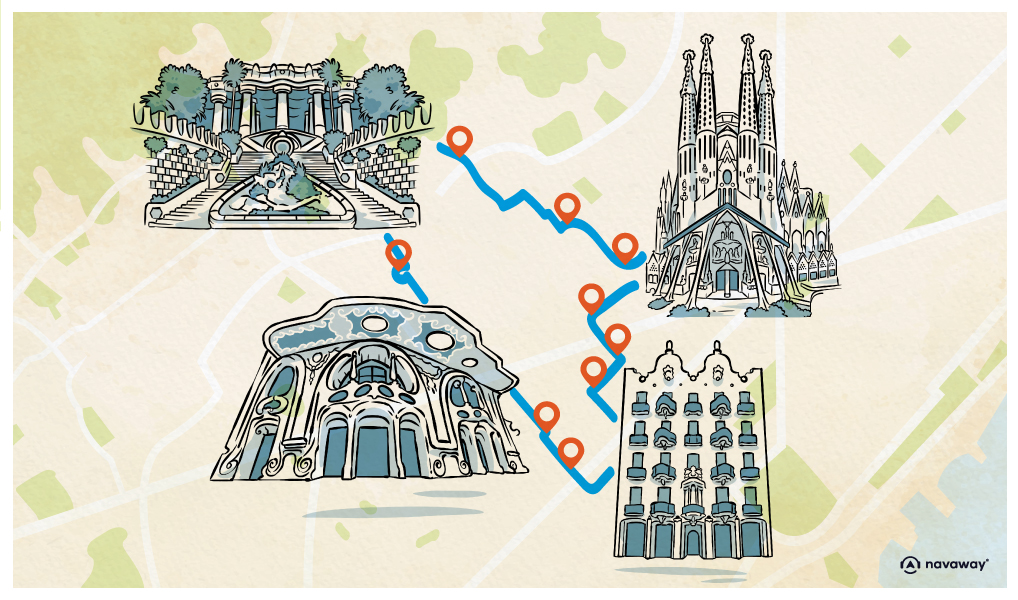
Dragon Stairway
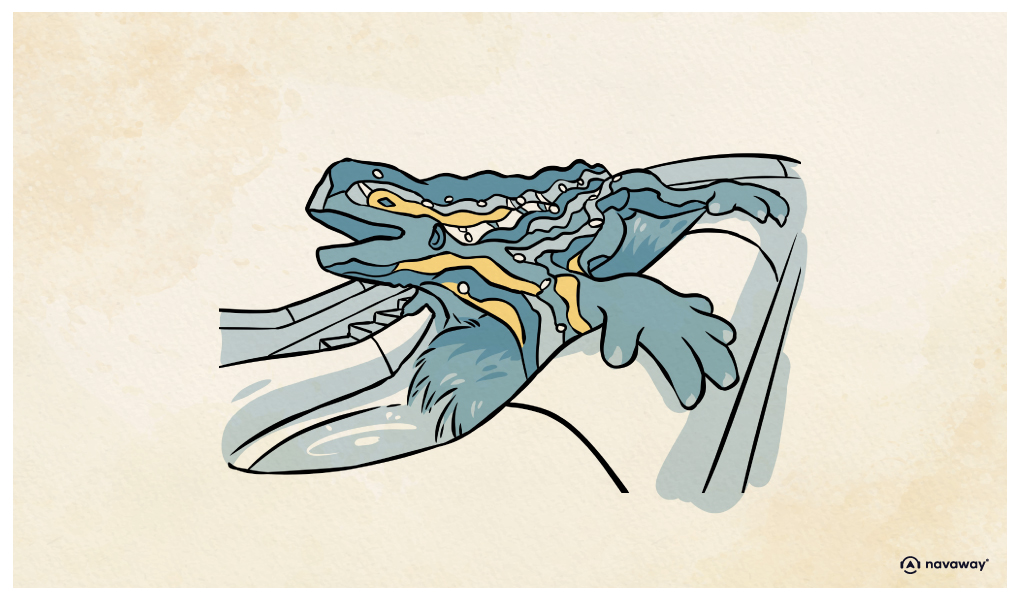
This point of interest is available as audio on the tour: Visit Barcelone, Through Gaudí’s eyes
As you step inside the park, you can’t miss the monumental double staircase — better known as the Dragon Stairway, or in Catalan, l’Escala del Drac. And yes, that famous mosaic creature curling in front of you is one of Barcelona’s many dragons. In fact, the city is sometimes lovingly called “Drakcelona” — and it’s not just a nickname. There are over 400 dragon sculptures and motifs scattered across Barcelona! As you explore the city, look closely and you’ll start to spot them everywhere—on facades, archways, churches, and even lampposts—each one more creative than the last. But where does this dragon fascination come from? It all starts with a legend from the 9th century about a fearsome dragon that terrorized the region. To appease the beast, villagers began sacrificing livestock. When they ran out of animals, they faced a grim solution—drawing lots each day to select the next human offering. Fate was cruel when the king’s daughter was the first to be chosen. Like any good legend, a hero stepped in to save the day. Saint George—or Sant Jordi as Catalans call him—arrived just in time to slay the dragon and rescue the princess from certain death. From the dragon’s spilled blood grew a beautiful red rose. This is why every April 23rd, on Saint George’s Day, Catalans traditionally give a red rose to someone they love. Since this date also happens to be Author’s Rights Day, locals often pair the rose with a book—creating a beautiful tradition that celebrates both romance and knowledge. So yes — in Barna, dragons are everywhere, and now that you know the story, you’ll start spotting them too. Another layer of magic in this already legendary city! But Gaudí’s dragon — or creature — tells a different story. Despite what its nickname might suggest, many believe it’s actually a salamander, representing the alchemical element of fire. Others think it could be the mythical Python of Delphi, guardian of the sacred temple of Apollo. Either way, you discover all hidden meanings when entering this park. It’s like a secret code shared between Gaudí and his patron, Eusebi Güell, filled with references to Catalan identity and Catholic faith. The entrance itself is no ordinary gate — it’s designed to make you feel like stepping into paradise. A kind of Garden of Eden, where peace, beauty, and harmony reign. Even the fountains along the monumental staircase are symbolic. Look closely at the first one: you’ll spot a circle, symbolising the world, and a compass, reminding us of both Güell and Gaudí. The second fountain features a snake’s head, a universal symbol of medicine and healing, placed just below the Catalan flag. Together, these three elements are thought to represent the glory, creativity, and cultural pride of Catalonia. So yes — it’s beautiful, it’s whimsical… but it’s also deeply intentional.

Discover other tours to visit Barcelone

Discover Barcelone with app
An interactive guide through the most beautiful streets, squares, and districts
22 fun audioguides full of historical facts, anecdotes, and legends
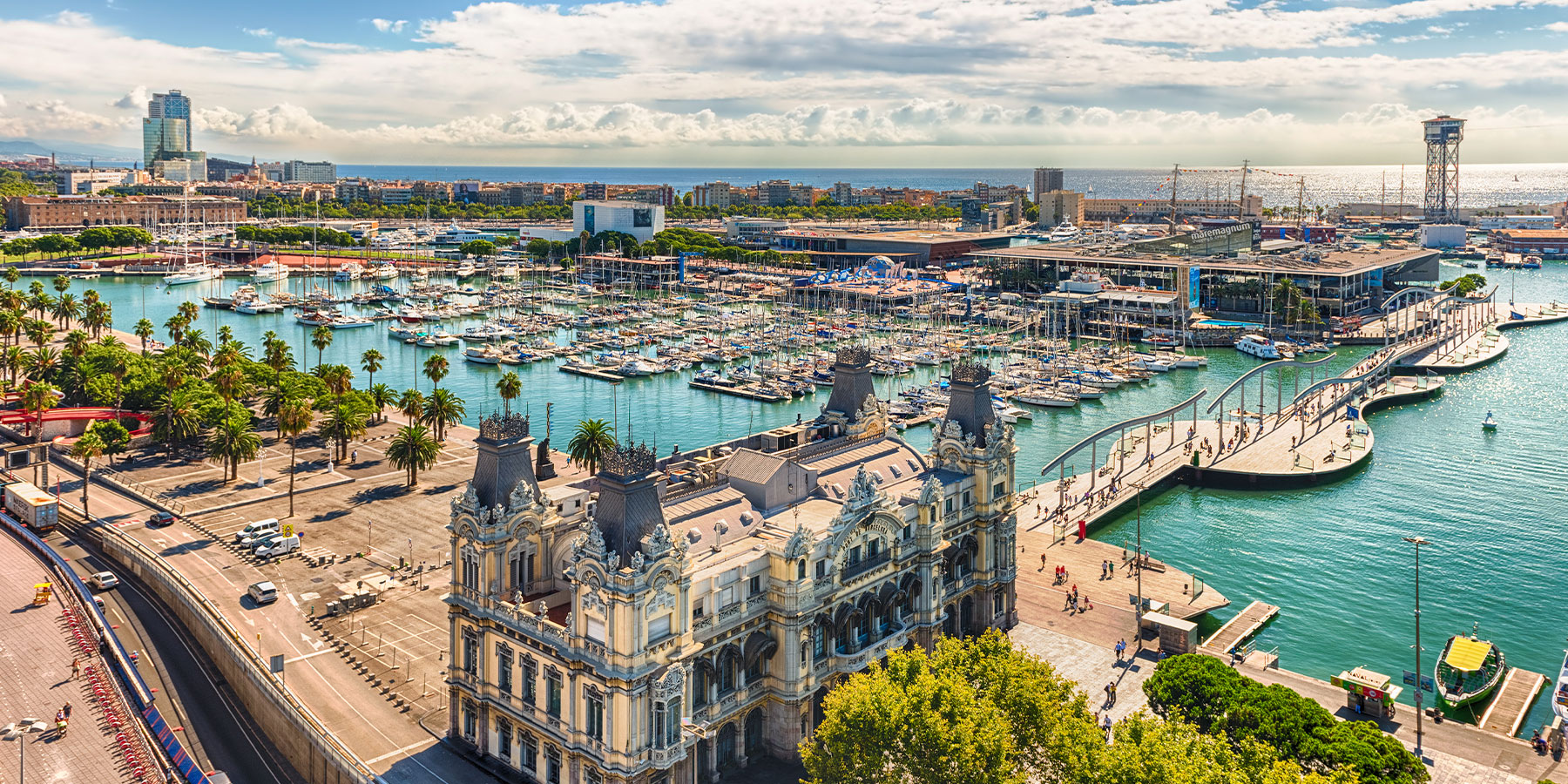
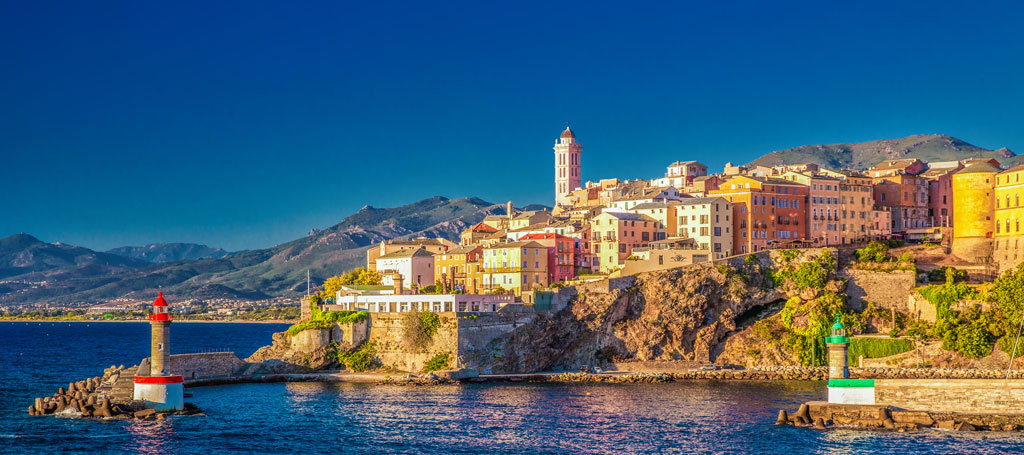
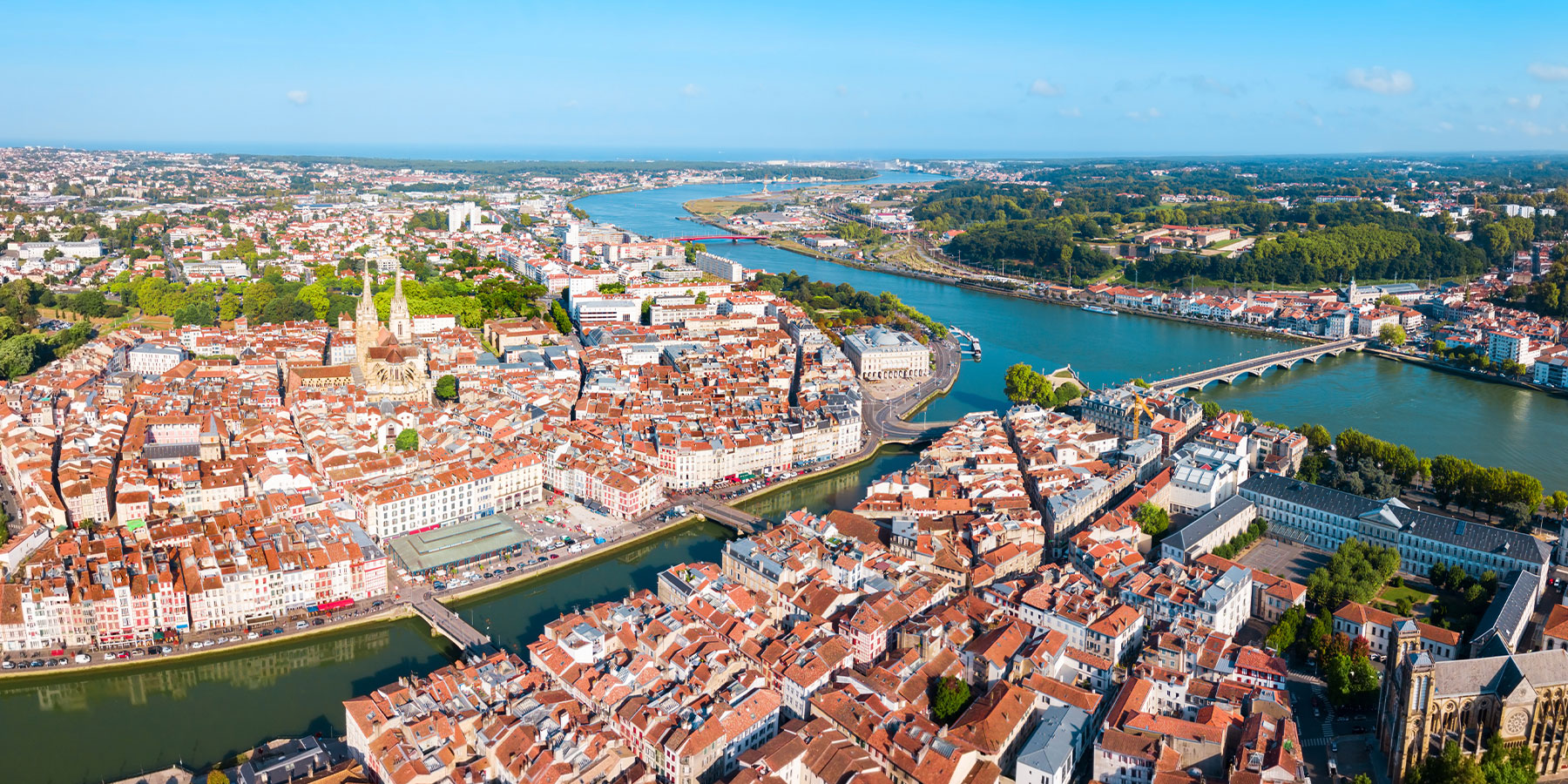
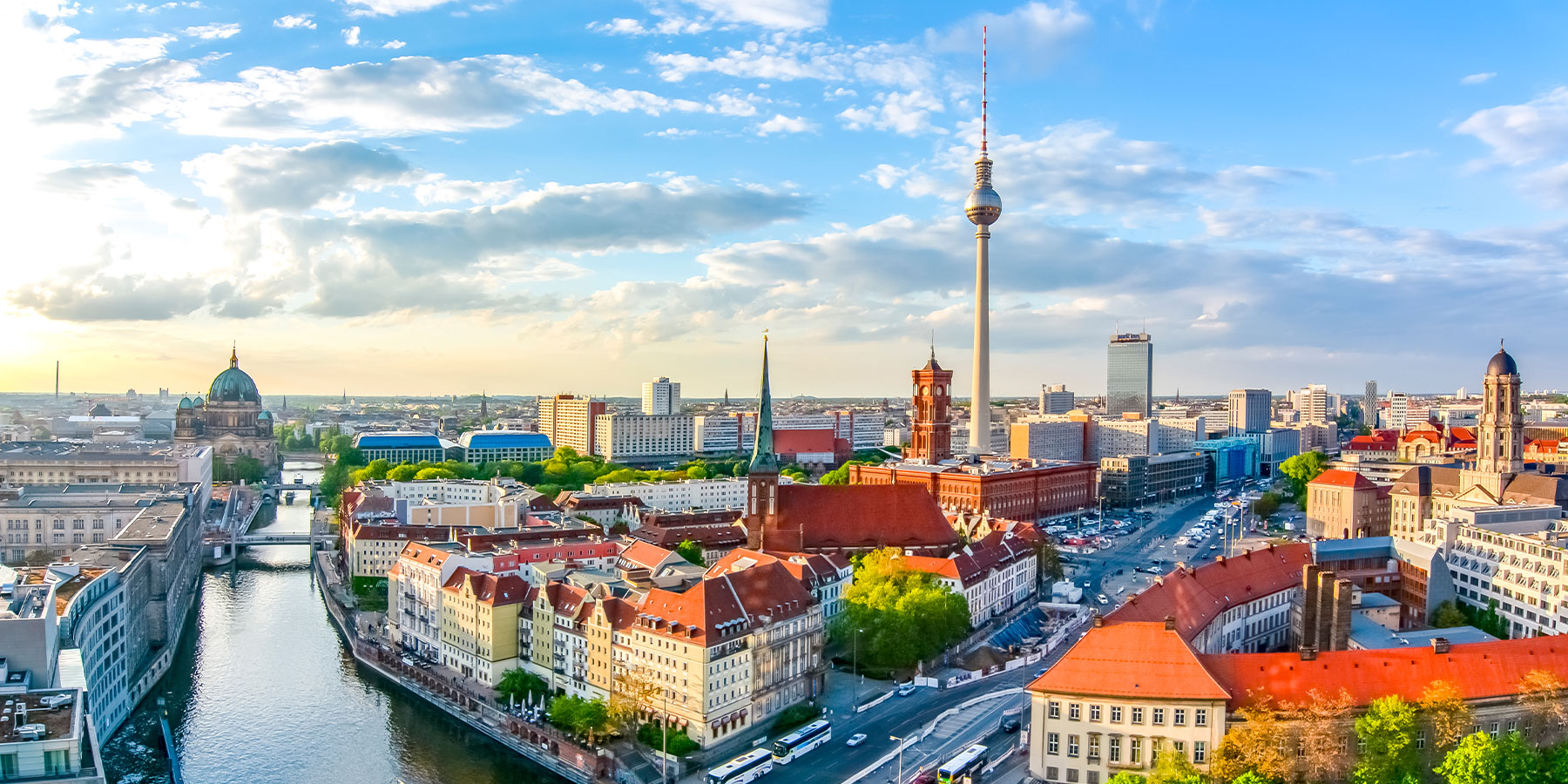
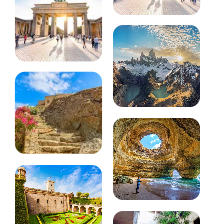

Comments